

Damion Smy
2026 KGM Musso ute images leaked
2 Hours Ago
Odds are the person who wants to buy your car will want to take it for a drive first. How do you handle this?

Contributor


Contributor
Test drives are a critical step in selling a car – even if it can be a bit odd jumping into the passenger seat as a stranger drives you around in what is still your car.
But as well as being an appreciated opportunity for a buyer to learn more before making a big decision like buying a car, it’s also a chance for a potential new owner to fall in love with the car for the exact reasons you did – and seal the deal.
A test drive doesn’t mean someone is going to buy the car. They could withdraw their interest afterwards – which is why it’s important to vet buyers carefully, to avoid joy-riders and ‘test pilots’. Especially if you’re selling a sports car.
Most people will want to test drive a car before buying, and it should simply be part of an otherwise smooth and effortless process. Here are some things to keep in mind regardless.
If you want to sell your car, click here and receive a price quickly.
Keep in mind you are under no obligation to offer a test drive to anyone, even if they ask – it’s your car, and you’re selling it on your terms. While it might put off potential buyers, it can make sense if you’re selling a rare car – or a high-powered sports car.
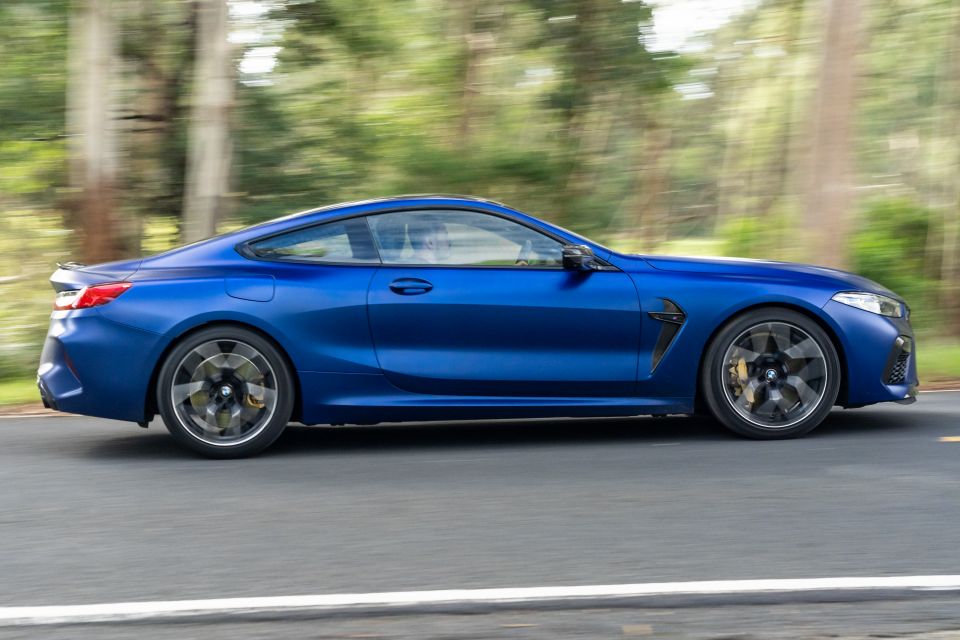
One option is to take them for a drive, with them in the passenger seat. A buyer can still learn an enormous amount about the car this way.
Also, you can decline a test drive if you get a bad vibe from a buyer after meeting up.
If you’re selling your car, when a potential buyer turns up to have a look – and a drive – you want it to not only look safe and looked-after, but be sparkling clean inside and out.
It goes without saying, but also ensure the car is registered and insured, and has enough fuel. If the car is unregistered, think twice about offering a test drive using an unregistered vehicle permit.
Read our article on how to protect yourself when selling a car. We outline the importance of calling your insurance company prior to make sure any unlisted drivers will be insured, what details to take from the buyer, and why it’s important to meet during daylight hours in a public place – and not at your house.
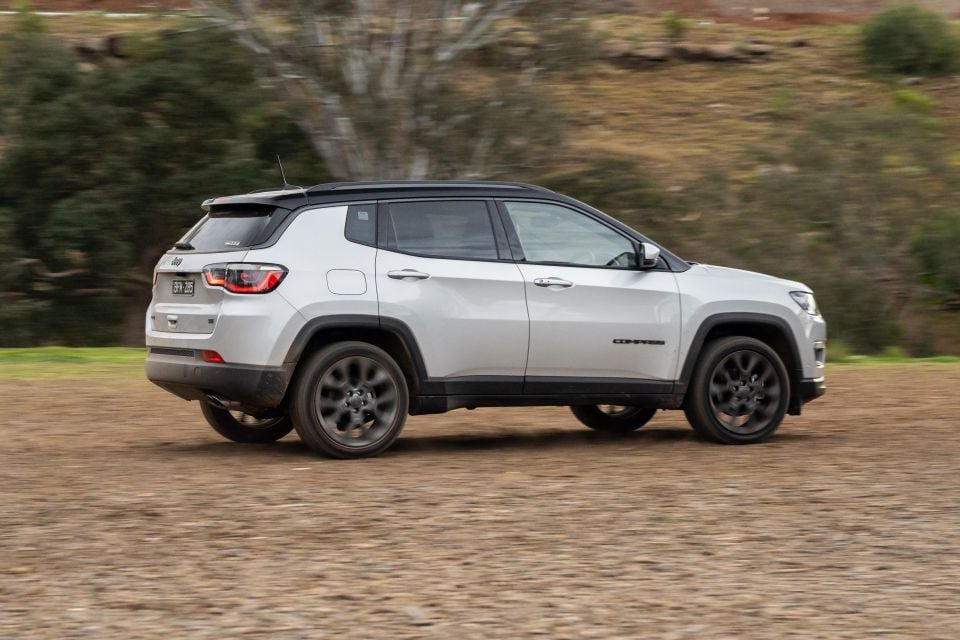
You could agree verbally with the buyer that if they get into an accident, they pay your insurance excess.
If your car is a manual, check they have a manual licence. If they’re a P-plater, check the rules for your state.
Some P-platers aren’t allowed to drive turbocharged cars meaning if yours is, and they crash into a Rolls-Royce on the test drive, your insurance company might leave you high and dry.
Your insurance company might require you to accompany the buyer on the test drive – not just in case it gets crashed, but also in case it gets stolen.

In 2021, a Melbourne family let a man test drive their Range Rover unaccompanied – because he was concerned about COVID – only for the man to never come back. The insurance company didn’t cover the theft, because he was unaccompanied during the test drive.
It’s also just best practice. You can answer questions about the car as the buyer drives it.
Think about a rough pre-planned route that takes about 20 minutes and loops around the local area back to where you started – or let the buyer take their own route if they know the area. But nobody needs more than about 20 minutes to test-drive a car they’re looking to buy, and a drive of a local city area is sufficient.

If you’re selling an off-roader, you don’t have to let a potential buyer take it off road. And likewise, a drive through suburbia in a sports car is more than generous – you don’t have to find a mountain road. Where the test drive happens is entirely up to you.
What happens during a test drive? The buyer jumps in the driver’s seat, adjusts it, then simply drives the car around with you beside them. Remember to give them a bit of space and freedom to do what they need – they should be checking everything from the air-conditioning to how the brakes feel. But ultimately it’s up to them how they use the opportunity.
Remember to grab the keys off the buyer immediately after the test drive has finished.
A decent person will treat your car with respect. If it’s a sports car, you can reasonably expect them to give it a little bit of stick up a freeway onramp or similar – but nothing more.
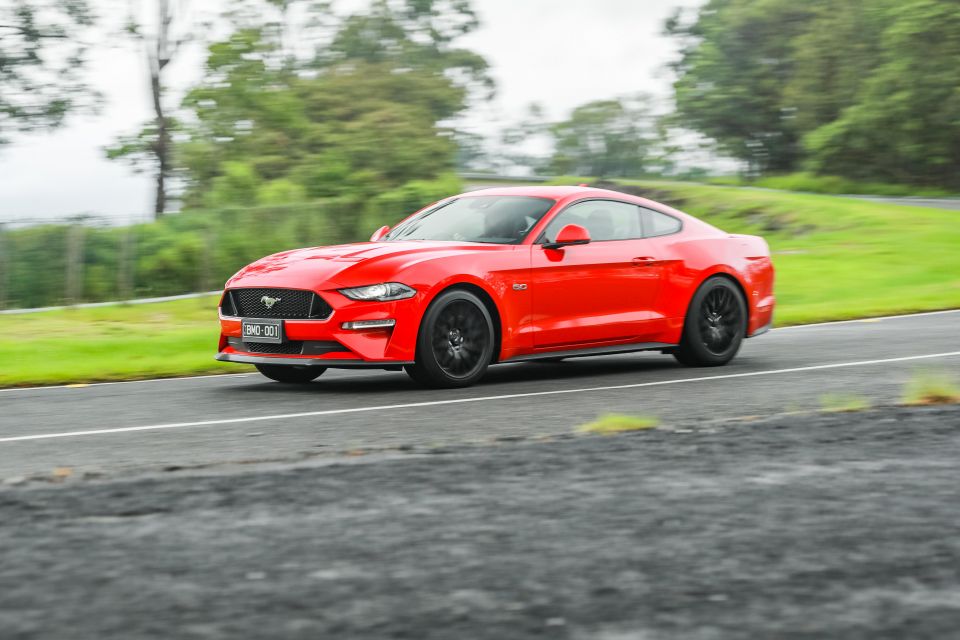
If someone is abusing your car, you’re well within your rights to cut the test drive short.
A buyer might complain about things they’re noticing during the drive, in order to accrue haggling ammo come negotiation time at the end. You can politely ignore them – and then stand your ground when it comes time to strike a deal.
Separate to the test drive itself, the buyer will want to inspect the car.
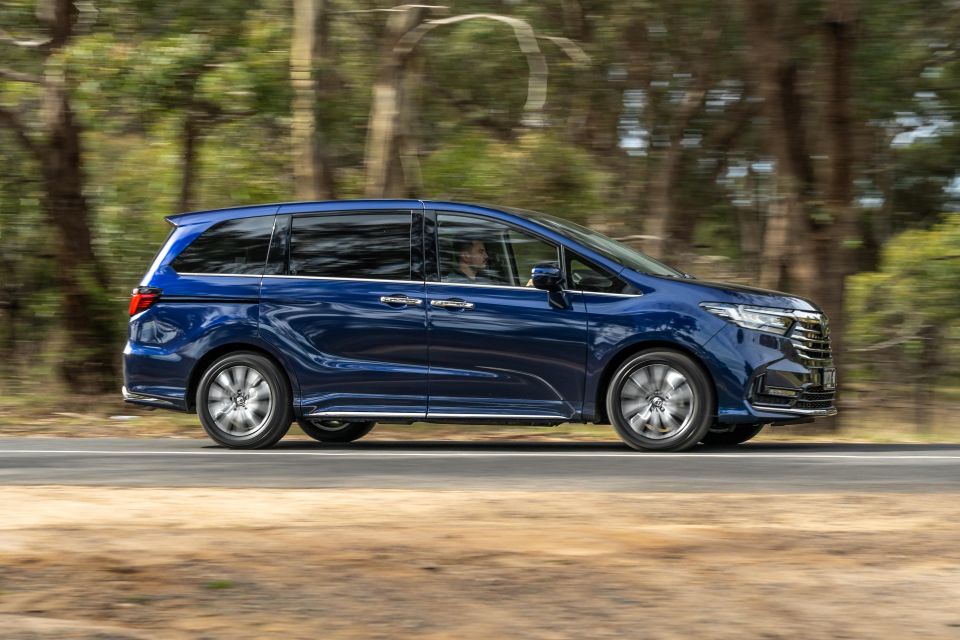
Provided you’ve met up in a public place, and the car is free of all your personal belongings, you could offer to let them look over the car while you spend 10 minutes shopping, or similar. Just take the keys with you.
Some people are happy to grab a prospective buyer’s licence – and maybe the keys to the car they showed up in – and let them do a test drive alone.
You could be this trusting, but be aware the driver might not be covered by your insurance. Call to check or, if the buyer insists, ask them to organise special test drive insurance.
If you want to sell your car, click here and receive a price quickly.


Damion Smy
2 Hours Ago


Damion Smy
3 Hours Ago


Damion Smy
3 Hours Ago


Damion Smy
4 Hours Ago


Josh Nevett
4 Hours Ago
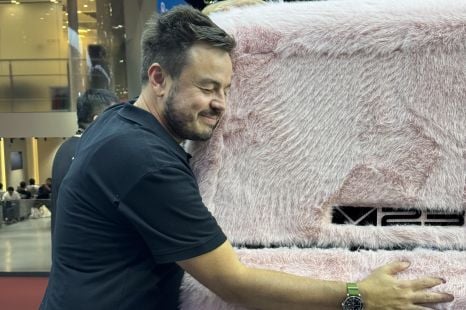

Max Davies
5 Hours Ago